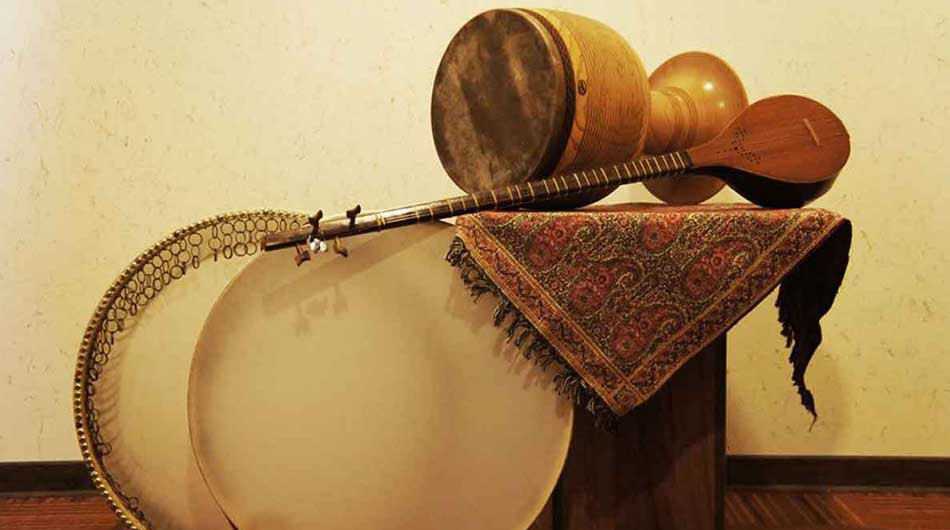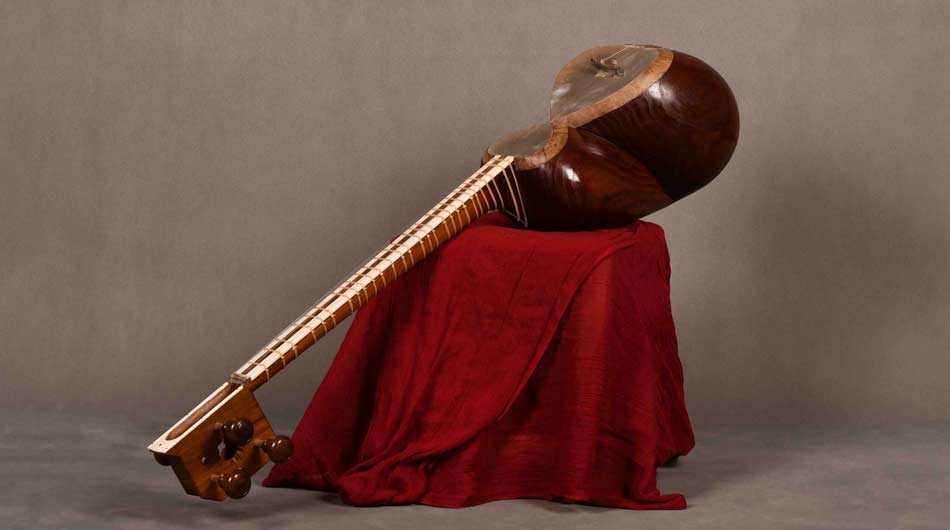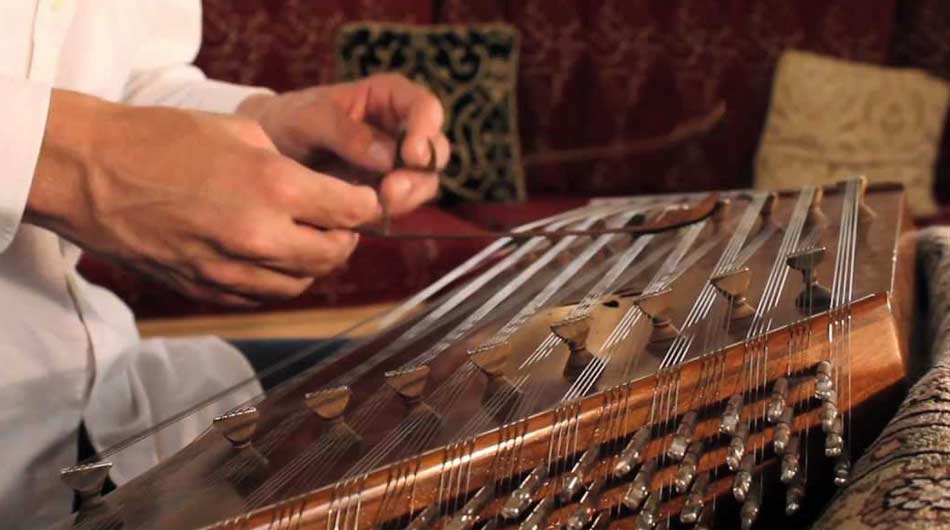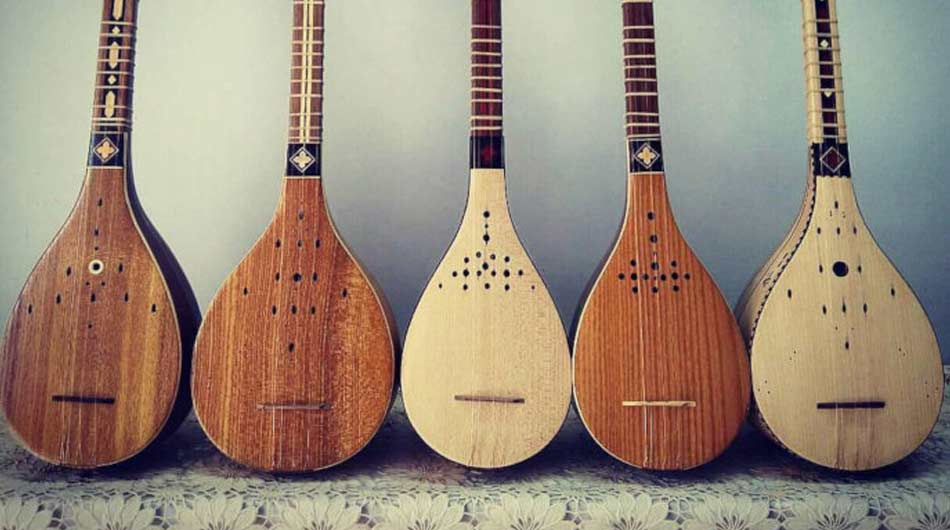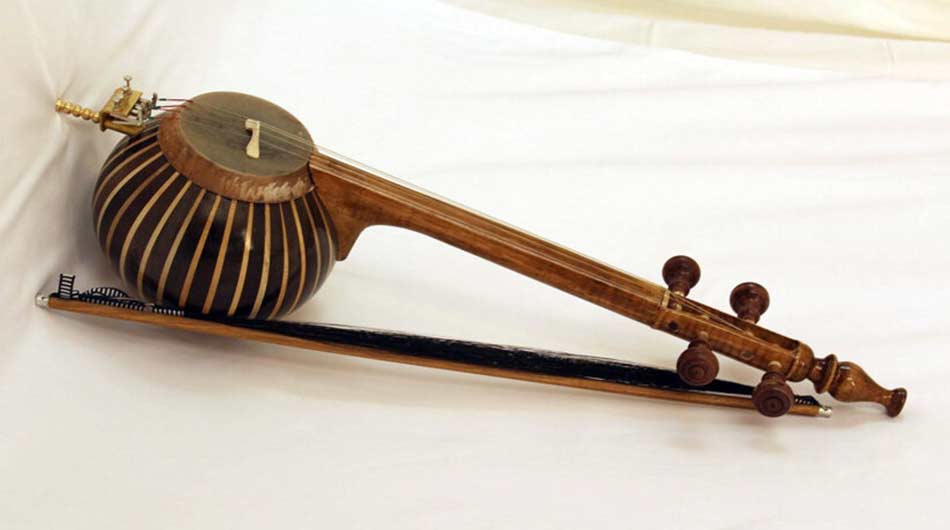Traditional Iranian Music: The Sounds of Iran
Iran, a country rich in history, culture, and art, boasts a musical tradition that is as diverse and enchanting as its landscapes. Traditional Iranian music, deeply rooted in the country’s ancient civilization, reflects the tapestry of Persian heritage and continues to captivate audiences worldwide. In this exploration, we delve into the rhythmic and melodic treasures of Iranian music, uncovering the essence that makes it a unique and enduring art form.
Historical Roots:
To understand the beauty of Iranian music, one must travel through time to ancient Persia. The roots of traditional Iranian music can be traced back thousands of years, evolving alongside the nation’s history. It carries the echoes of Persian poetry, with influences from the vast Silk Road trade routes and the cultural exchanges that occurred between the East and West. As a result, Iranian music has become a harmonious blend of diverse cultural elements.
Instruments and Melodies:
At the heart of traditional Iranian music lies a wide array of instruments, each contributing to the rich tapestry of sound. The tar, setar, santur, and kamancheh are just a few examples of instruments that lend their unique voices to this musical tradition. The dexterity required to master these instruments is a testament to the skill and dedication of Iranian musicians.
The melodies in Iranian music are often characterized by intricate ornamentation and microtonal intervals, providing a distinctive and emotive quality. These melodic patterns, known as “dastgahs” and “radifs,” serve as frameworks within which musicians can improvise and express their creativity. The result is a musical journey that transcends time and space, inviting listeners to immerse themselves in the evocative sounds of Iran.
Poetry and Music: A Symbiotic Relationship:
One cannot explore Iranian music without acknowledging its deep connection to poetry. Persian poetry, with luminaries such as Rumi, Hafez, and Omar Khayyam, has long been revered for its profound beauty and philosophical depth. Iranian musicians often draw inspiration from classical and contemporary poetry, infusing their compositions with the emotional resonance of these timeless verses.
The interplay between poetry and music in Iranian culture is a testament to the profound connection between language and melody. The lyrical quality of Persian poetry finds a natural counterpart in the melodic expressions of traditional Iranian music, creating a symbiotic relationship that elevates both art forms.
Cultural Significance:
Beyond its artistic merits, traditional Iranian music holds deep cultural significance. It is a mirror reflecting the soul of a nation, preserving the stories, emotions, and aspirations of the Iranian people. The music accompanies various cultural celebrations, rituals, and ceremonies, serving as a unifying force that transcends regional and linguistic differences.
In times of joy and sorrow, Iranian music becomes a companion, resonating with the collective spirit of the people. Whether celebrating the arrival of spring during Nowruz or mourning the loss of a loved one, the sounds of traditional Iranian music weave into the fabric of life, providing solace, inspiration, and a profound sense of identity.
Global Influence and Contemporary Expressions:
While deeply rooted in tradition, Iranian music has not remained stagnant. Contemporary musicians are exploring new avenues, fusing traditional elements with modern genres to create a sound that resonates with diverse audiences. The global stage has welcomed Iranian musicians who, with their innovative approaches, are introducing the world to the enchanting allure of Persian melodies.
Collaborations with international artists and the use of modern recording techniques have allowed traditional Iranian music to transcend geographical boundaries, reaching new audiences and contributing to the global musical tapestry. The ability of Iranian musicians to adapt and evolve while preserving the essence of their heritage ensures that the sounds of Iran continue to echo across generations.
In the vast landscape of world music, traditional Iranian music stands as a testament to the enduring power of cultural expression. With its deep historical roots, intricate melodies, and symbiotic relationship with poetry, Iranian music serves as a window into the soul of a nation. As contemporary musicians carry the torch forward, fusing tradition with innovation, the sounds of Iran resonate not only within the borders of the country but across the globe, inviting listeners to embark on a timeless journey through the captivating melodies of Persian heritage.
Tags:Adventure holidays, Best time to travel to iran, best tour operator iran, Cultural sites of Iran, Holiday in Iran, Hyrcanian forests, Iran, Iran Architectural, iran attractions, iran destinations, Iran sightseeing tours, iran Solo trip, iran tour, Iran tour packages, iran tourist attractions, Iran travel agency, iran travel expenses, Iran Travel Guide, Iran Travel Tips, Iranian Instroment, Iranian instruments, Iranian Music, musical tradition, must-visit Iran, persia tour, top tourist destinations, travel to iran, travelling to iran, trip to iran, vacation packages, visit iran, درناگشت

